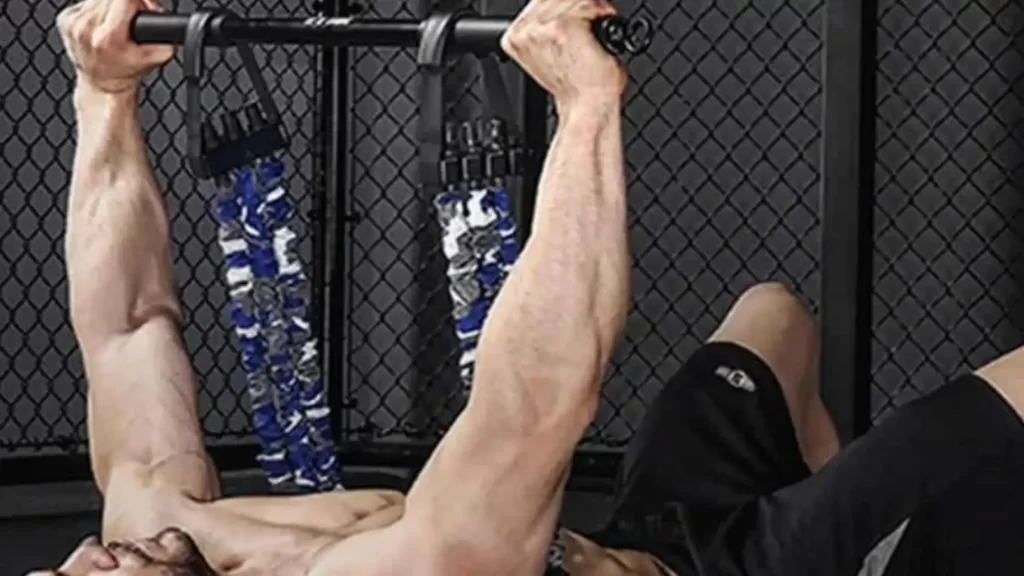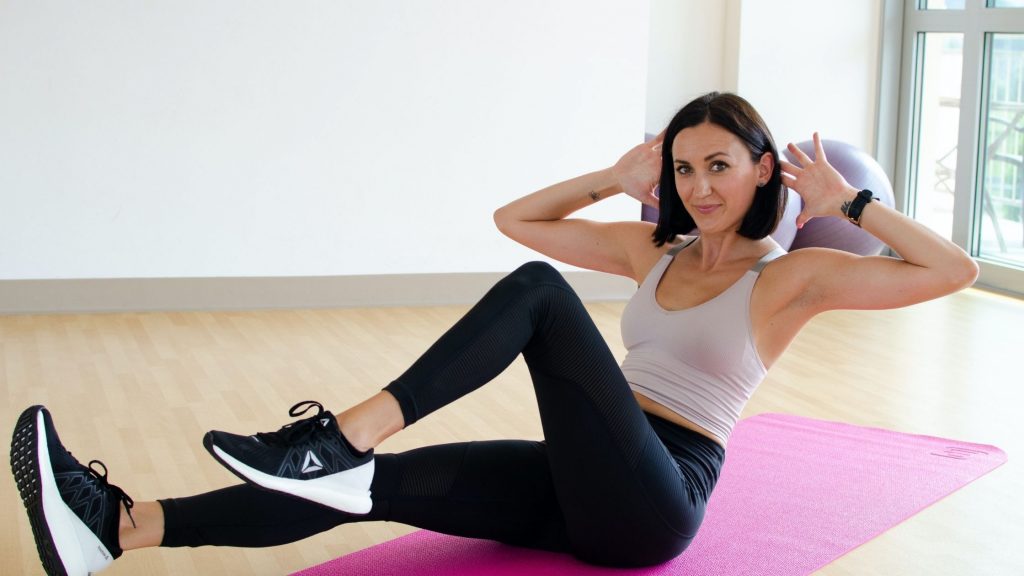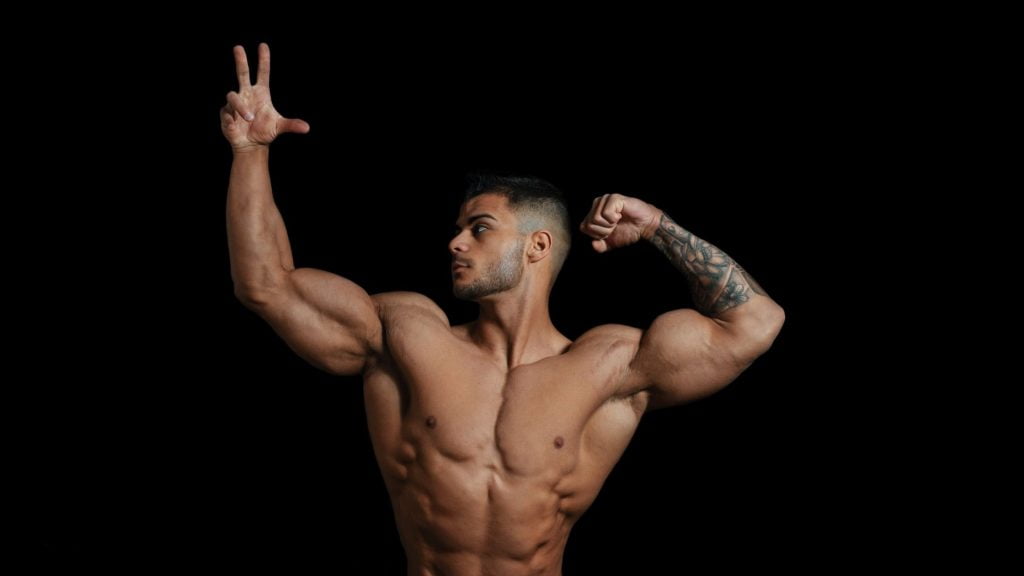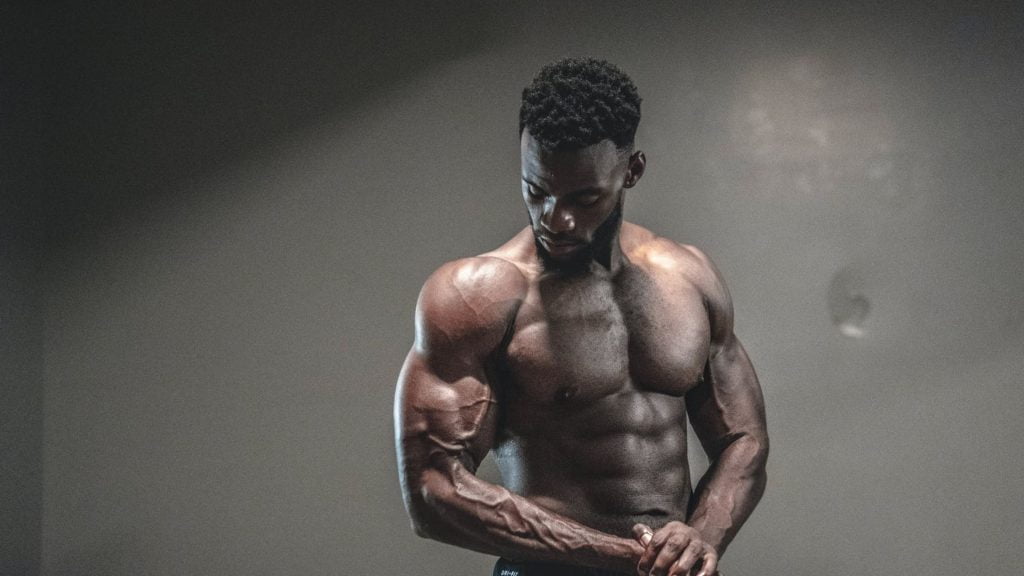Spider curl exercise is a biceps-specific isolation exercise that works the muscles in your arms. Rest your body against a 45-degree incline bench or a spider curl bench intended for this sort of biceps workout to perform spider curls. Like Spider curls, concentration curls demand a steady, controlled movement from beginning to end.
Once you’ve become pro in the dumbbell Spider curl exercise, move on to a different type of free weight, such as a barbell or an easy bar with angled grips. Spider curls, with practice, can be an effective biceps workout to include in your bodybuilding routine. Spider curls can be used as a warm-up for other bicep-activating exercises such as dead lifts and bench presses.

Spider curls become one of the most effective exercises when it comes to triggering and stimulating the working biceps muscles during a workout. Here are some additional advantages of the spider curl that you may not be aware of:
IN THIS ARTICLE
What are spider curls suitable for?
●Spider curl exercises are a great way to isolate arm muscle groups. Spider curls, which target both the long and short heads of the biceps brachii muscles are an excellent way to increase your biceps. Spider curls also work your triceps and brachialis, which is a crucial elbow flexor.
●Spider curls allow a full range of motion. A spider curl enables you to move more freely than a traditional dumbbell or barbell curl because your arms are hanging forward.
●Spider curls maintain continual tension in your muscles. A spider curl’s upper-body movement pattern and posture keep your arm muscles engaged throughout the range of action.
How do you do spider curls at home?
Lie on the bench with your torso and abs pressed against the backrest. Hold the bar under you in a supinated grip with your hands shoulder-width apart (palms facing up). Spider curl exercises the bar slowly up, pausing for a second at the top to squeeze your biceps, then bringing the bar under control.
How do you set up spider curls?
Begin with a weight you can control for 2–3 sets of 8–12 repetitions for spider curls. Choose a weight that permits you to maintain proper technique for all groups and repetitions.
●Make a 45-degree angle on a flat bench.
●The bench should be pressed on your chest, and your feet should lie flat on the ground. Your legs and knees should be straight and slightly bent. Your weight should be distributed evenly across the balls of your feet.
●While holding the dumbbells, keep your palms facing away from your body.
●Allow your arms to hang while keeping a slight bend in your elbows as you rotate your shoulders outward to exercise your lats.
●Maintain a tucked chin throughout the action, as if you were holding an egg beneath your chin.
Put your core to work. This is where all repeats should start.
●Squeeze your biceps and bend your elbows until your lower arms touch your upper arms while keeping your upper arms motionless. The dumbbells should come to close contact with your shoulders but not touch them.
●Squeeze your biceps and pause at the peak.
●Return to the beginning posture by slowly straightening your elbows. Before starting another repetition, come to a complete stop at the bottom.
Spider Curl Variations
Single-arm Spider Curl
To begin with, it’s a unilateral action (only impacts one side), allowing you to concentrate on one side rather than both. This is wonderful for identifying a weaker side, but it also works as a muscle builder. To target the long (outer) head of the bicep, curl the dumbbell closer to your body’s center or do a cross-body curl (curl from one side to the opposite shoulder).
Dumbbell Hammer Spider Curl
This version targets more of the brachioradialis and brachialis muscles, which will help you enhance bicep width. Except for the hand position, the DB hammer spider curl is identical to the basic version.
Cable Spider Curl
Cables are an excellent training tool due to the constant tension and versatility provided by each exercise. The spider curl is no exception, which is why we think it’s a terrific variety. You’ll lie down on the incline bench, chest down, but this time in front of a low cable pulley far enough away to maintain tension at the bottom of the curl. Attach your preferred bar or handle and repeat the movement exactly. It’s okay if your elbows move slightly forward.
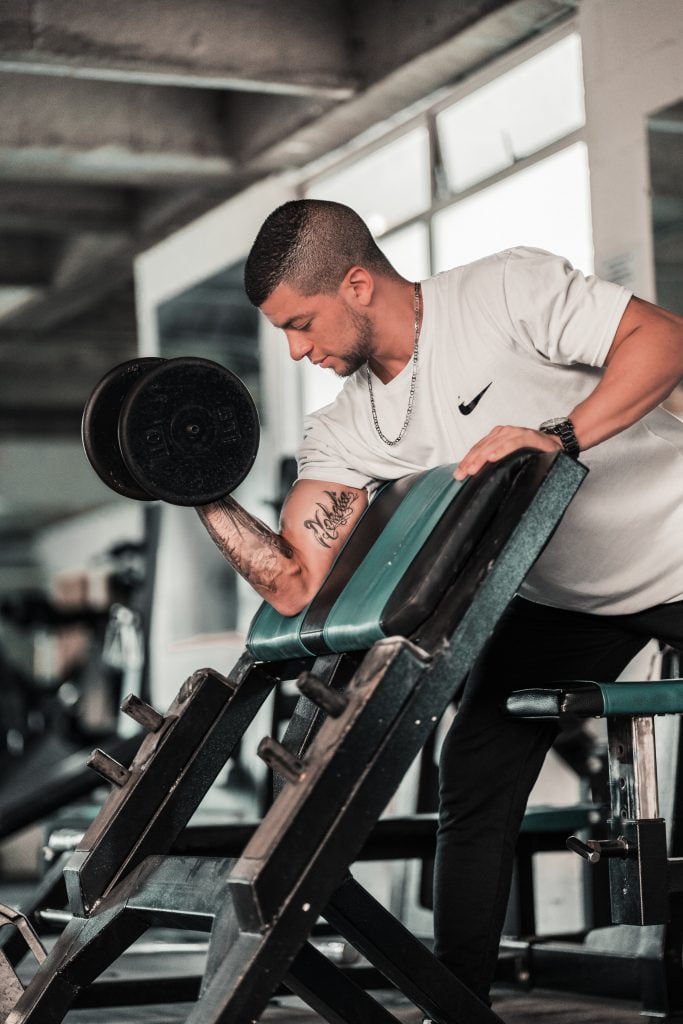
Common Mistakes Done By People
Lack of Contractions: The contraction of the spider curl is frequently overlooked due to excessive momentum and weight being applied. While it is essential to raise the importance during your workout progressively, it is far more essential to be able to provide significant stimulation on the muscle. Reduce the weight and focus on proper timing (slow eccentric and forceful concentric) with a brief pause and “squeeze” at the top of the contraction to achieve this.
Range of Motion: You have a full range of motion during a spider curl because your body isn’t in the way. It must be completely lowered, almost to the ground. This is an opportunity that should be taken advantage of. Neglecting a whole range of motion like this will result in only half of the benefits, as well as less of a contraction, finer stimulation, and, ultimately, less efficient movement! To avoid this, you must mentally remind yourself to descend and extend it before curling back up fully. A good alternative is always to have a training partner with you to give constructive feedback on your form.
Variation: It is critical to vary your arm training program in order to keep your body from becoming complacent with it. Arm training is very regimented, with the usual curl, pushdown, and curl. But when was the last time you changed your equipment? What angle are you training from? How many sets/reps/tempo/rest time are you using? The spider curl can also be performed with a barbell, an EZ bar, a cable curl, or unilaterally with dumbbells.
Feet Positioning: We can lose balance and stability due to the spider curl’s unusual positioning if our feet are not firmly planted on the floor. To avoid getting red-faced in the gym, before completely lowering yourself onto the bench, place your feet (especially your toes) firmly into the ground and ensure they are comfortable enough not to slip during the exercise.
Why are spider curls hard?
Spider curls reinforce proper elbow flexion mechanics by requiring a dead hang and a vertical position for both arms. Because of the downward pull of gravity, drawing the shoulder upward into flexion is extremely difficult, a technique mistake made by many lifters.
Spider Curls Exercise Tips
●Curling should be done with your arms parallel to the floor. The spider curl will be defeated if your elbow is lifted behind your body.
●The bench should be angled at 45 degrees.
●Use a weight that permits you to contract your biceps fully.
●To take advantage of greater time-under-tension, use slow negatives.
●You can alternate arms or curl both dumbbells at once.
●To take advantage of increased overload, feel free to use a fixed, straight, or EZ bar.
●Place a long piece of wood or something similar in front of the back leg of the incline bench so you can rest your feet on it for support if you’re doing the spider curl on it.
Conclusion
Thumbs up to spider curls because it is a unique biceps exercise that emphasizes the biceps’ short head, and we’re almost sure that most people can benefit from having them in their biceps workout. It also adds variety and allows you to try a few other variations.



